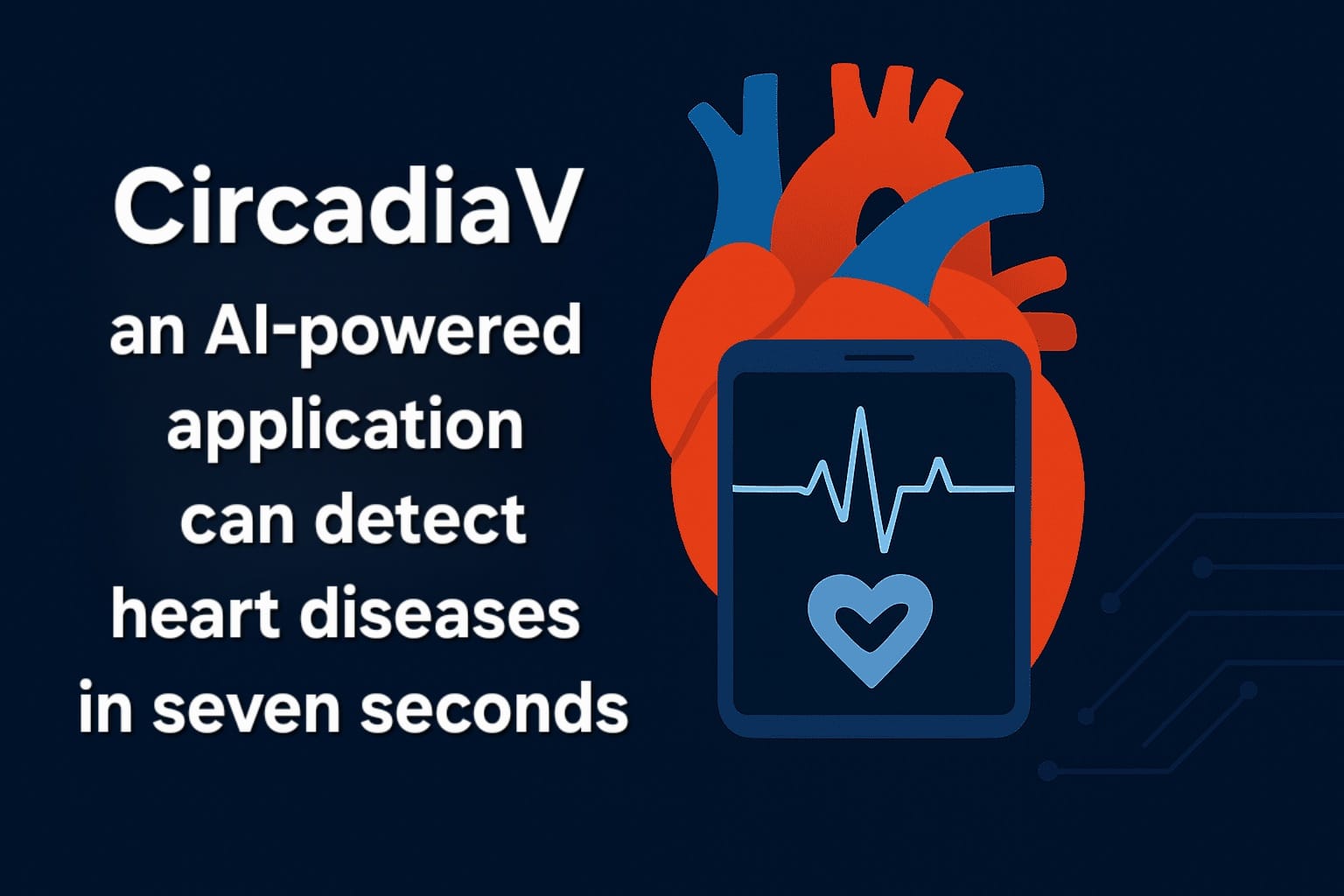In vitro fertilization (IVF) has become a highly successful treatment for infertility. IVF treatments are more invasive than other treatments and can be a costly option, particularly for patients having financial problems.
Test to be performed before fertility treatment
Before starting fertility treatment, a thorough assessment of general health, ovarian function, and hormonal balance is needed. Detection and treatment of thyroid disease and high prolactin levels can restore normal reproductive function for some women. Screening for and correcting metabolic abnormalities like insulin resistance can also improve reproductive and overall health. Men should complete a semen analysis early on to evaluate any problems with sperm production or function.
The initial female fertility evaluation includes an assessment of the uterus and fallopian tubes. Fibroids are the most common non-cancerous tumor in women and are often diagnosed in women having difficulty conceiving. Uterine polyps are soft tissue growths that are also commonly detected in women seeking fertility care. Fibroids or polyps inside the uterine cavity can interfere with implantation and removing them can restore fertility. Damaged or blocked fallopian tubes can also cause infertility. An x-ray test called a hysterosalpingogram is often used to determine if the fallopian tubes are normal.
Relation between fertility and weight
Polycystic ovarian syndrome (PCOS) is the most common hormonal disorder in reproductive-aged women and many women with PCOS also experience problems with ovulation. Ovulation problems affect up to 20% of women who are having trouble getting pregnant. Women who are overweight or underweight may ovulate less frequently and this can contribute to trouble conceiving. For overweight women, losing 5-10% of their body weight can restore normal ovulation, without further fertility treatment. Women who are underweight can also see a return of regular menstrual cycles with weight gain.
Ovulation Induction – Low-cost treatment
A common treatment for women with irregular ovulation is ovulation induction (OI). With OI treatment, a woman takes an oral medication and they may have an ultrasound to determine how the ovaries responded to the medication. OI can be combined with intercourse timed around expected ovulation or coordinated with an intrauterine insemination (IUI) procedure. The same medications used for OI can be used for superovulation in women who ovulate regularly but are having difficulty conceiving. A good candidate for OI or superovulation has at least one normal fallopian tube and normal sperm from a partner or donor. The natural fertility rate for fertile couples is 20-25% per cycle, and rates for couples treated with medication and IUI can reach 15-20% per cycle.
There are low-cost fertility treatment options for patients. Oftentimes, medical treatment of a hormonal imbalance or correction of a metabolic disturbance can improve reproductive function. Surgical removal of fibroids and polyps from inside the uterine cavity can also increase the chance of pregnancy. Ovulation induction or superovulation treatments cost a fraction of IVF treatments and can achieve pregnancy rates close to those of fertile couples.

 With the recent advances in reproductive medicine there are often less invasive, low cost fertility treatment options available that can give patients a good chance of success
With the recent advances in reproductive medicine there are often less invasive, low cost fertility treatment options available that can give patients a good chance of success










.jpeg)

.jpg)







.jpeg)



.jpg)


.jpg)




.jpg)


